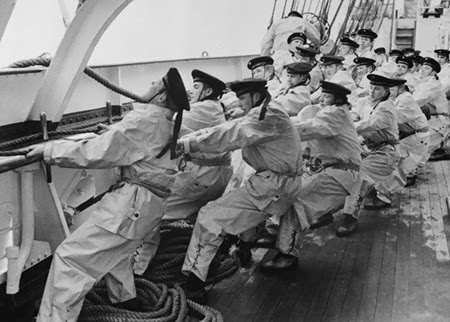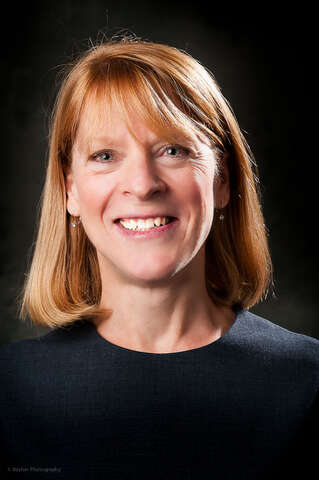Main Second Level Navigation
Nov 29, 2016
Chair's Column: We're Better Together
About Us, Cardiology, Clinical Immunology & Allergy, Clinical Pharmacology & Toxicology, Division of Dermatology, Emergency Medicine, Endocrinology & Metabolism, Gastroenterology & Hepatology, General Internal Medicine, Geriatric Medicine, Hematology, Infectious Diseases, Medical Oncology, Nephrology, Neurology, Occupational Medicine, Physical Medicine & Rehabilitation, Research, Respirology, Rheumatology




